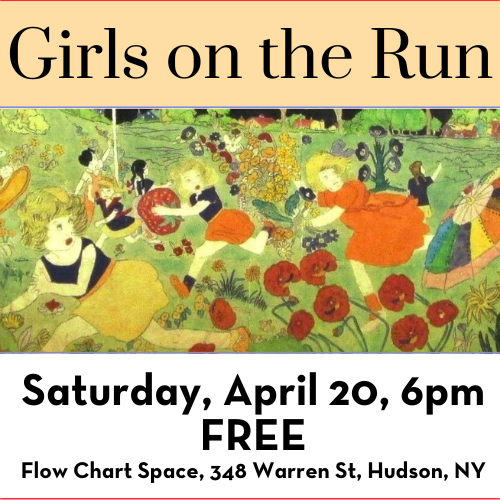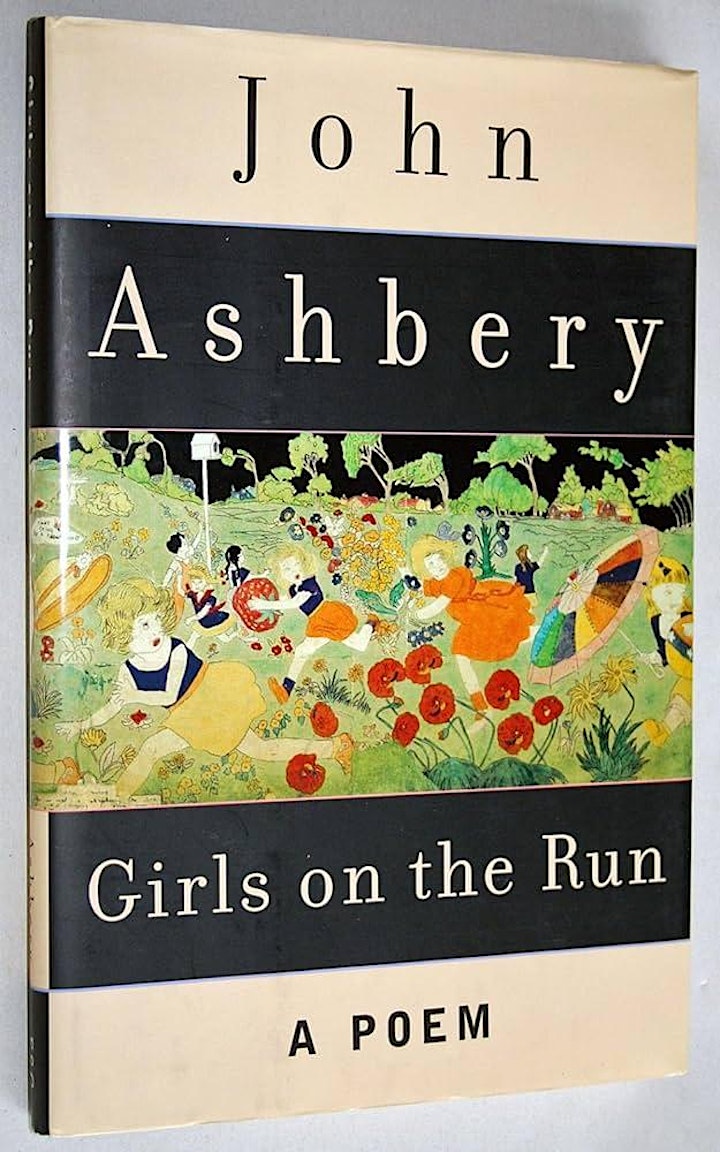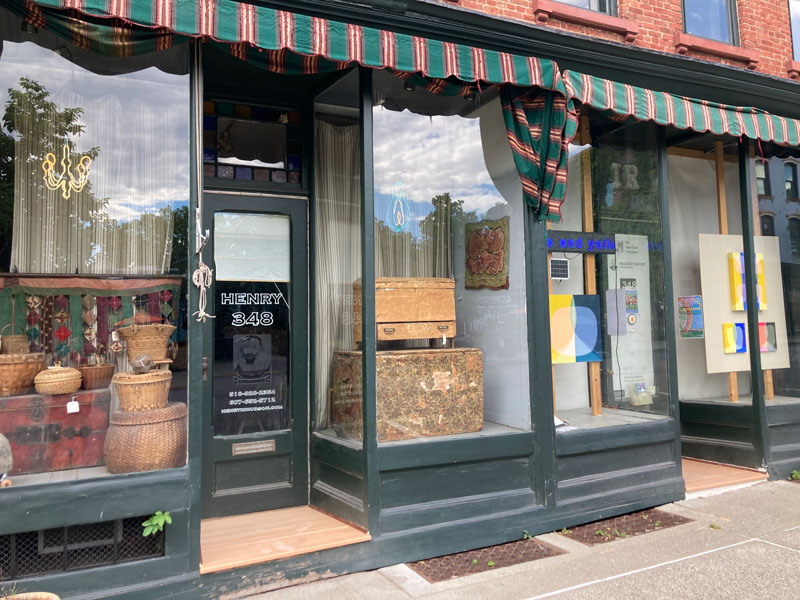
Girls on the Run
Join The Flow Chart Foundation for this special in-person, complete reading of John Ashbery‘s deliriously joyous, 2019 poem Girls on the Run, paired with images from Henry Darger‘s visionary epic, In the Realms of the Unreal. Writer/editor Christopher Lyon, who works with the Darger Estate, will give a short talk on Darger and share images by Darger along with excerpts of Darger’s fantasy novel to introduce each of the 21 sections of Ashbery’s poem, to be performed by seven readers.
Recognized as one of the most brilliant “outsider” artists to emerge during the last century in the US, Henry Darger was born in Chicago in 1892. His mother died in childbirth when he was four years old, and when his elderly father became unable to care for him, he was sent him to a boys home and later committed to the Asylum for Feeble-Minded Children in downstate Illinois. After multiple attempts to run away, he finally reached Chicago where he lived for the rest of his life. Intensely religious, he worked as a janitor, dishwasher, and bandage roller in local hospitals. By night he created an imaginary world, first writing his immense unfinished novel, In the Realms of the Unreal, and then illustrating it in increasingly large and sophisticated works on paper.
Christopher Lyon writes and produces books on art and related subjects. In 1981 Lyon encountered Darger’s work in the tiny third-floor room he had rented, practically untouched since he passed away in 1973. His landlord, the photographer Nathan Lerner, preserved his artwork and his novel about the Vivian Girls and their adventures in a cosmic struggle against child slavery. Lyon later produced two books on the reclusive artist: Henry Darger: Art and Selected Writings by Michael Bonesteel (Rizzoli, 2000) and Henry Darger (Prestel, 2010), edited by Klaus Biesenbach. Lyon’s books as author include Nancy Spero: The Work (2010) and David Smith Sculpture: A Catalogue Raisonné, 1932–1965 (2021). His current projects include a survey of Nathan Lerner’s photography, in collaboration with the historian and curator Sylvia Wolf.

About Girls on the Run:
This beautiful long poem presents Ashbery at his most contradictory: it is both his most Homeric and “narrative” long poem, yet at the same time his most joissant, collage-based work in years. It borrows from the imagery of Henry Darger (1892-1972), an American “outsider” artist who devoted decades to a mammoth, illustrated novel about the plight of the fictional “Vivian” girls. Ashbery’s adaptation follows the adventures of dozens of characters with names like Pliable, Bunny, Mr. McPlaster, Uncle Margaret, and Fred—recalling “Farm Implements and Rutabegas in Landscape,” Ashbery’s talismanic Popeye riff from the ’70s. The sentences are often short, somewhat “off” (“Trevor his dog came, half jumping.”), and they set up deeply bizarre narrative situations: “Hold it, I have an idea, Fred groaned. Now some of you, five at least, must go over in that little shack./ I’ll follow with the tidal waves, and see what happens next.” Classic Surrealism erupts frequently in well-timed bursts: “The tame suburban landscape excited him./ He had met his match./ Dimples replaced the mollusk with shoe-therapy.” Elsewhere, Ashbery jibes obliquely at the epic tradition, laconically laying down the blandest of similes with pseudo-stentorian bluster, while at other moments the meditative, universal Ashberian persona breaks through, with apt sophistication and terrible humanist relevance: “The oblique flute sounded its note of resin./ In time, he said, we all go under the fluted covers/ of this great world, with its spiral dissonances,/ and then we can see, on the other side,/ what the rascals are up to.” More memory than dream, the never-was memory of constant companionship, of “fun,” of names that resonate with mystery (even “Fred”)—the poem recalls a land that was never boring and whose physical environment, while somewhat foreboding, was as safe as the womb and as colorful as Oz.
— Publishers Weekly


